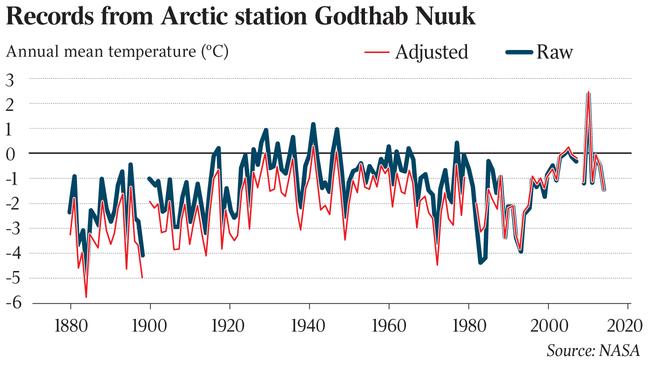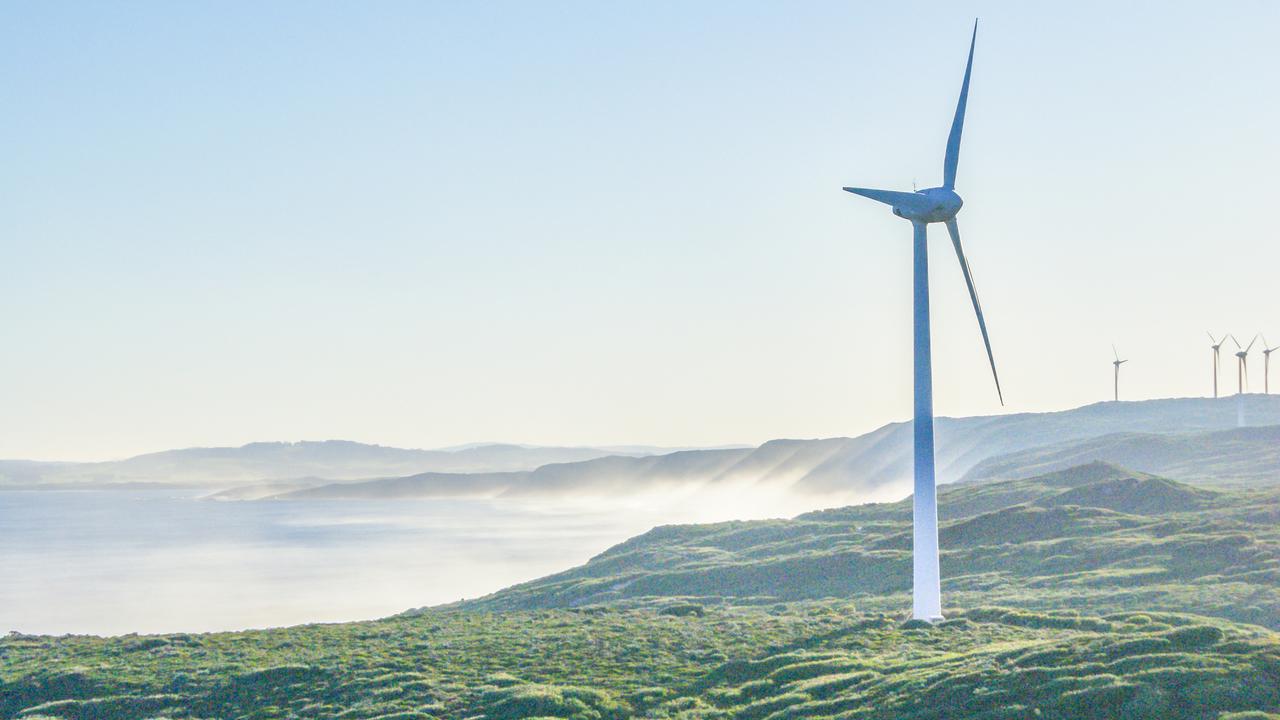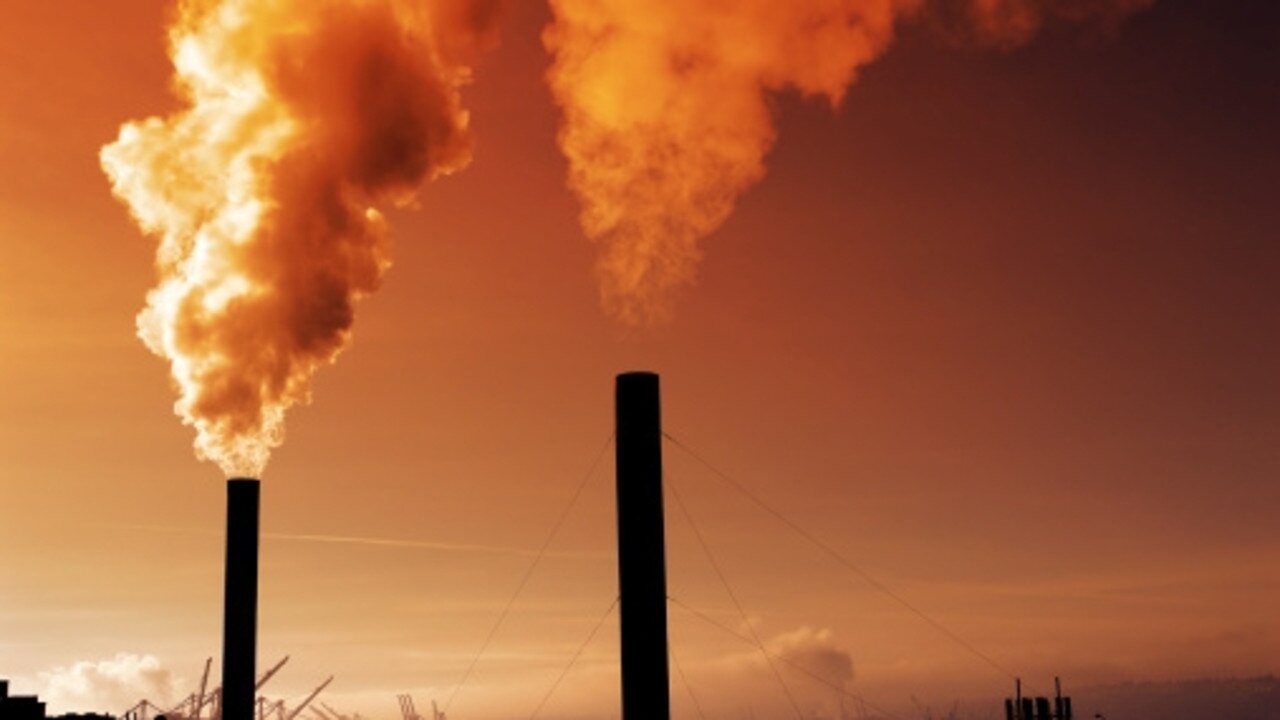Arctic monkeys: climate agencies revise weather records
TEMPERATURE records for the Arctic have been revised sharply by global climate agencies.

TEMPERATURE records for the Arctic have been revised sharply by global climate agencies, removing all trace of a warm period early last century and evidence of Iceland’s economy-crippling deep freeze of the late 1960s.
The focus on the Arctic has put debate over manipulation of historic temperature data into an area best known in climate change forums for melting ice and polar bears.
Climate authorities have been challenged over decisions to revise and homogenise data, often by reducing historic temperatures, making temperature rises since 1950 appear more dramatic. Questions have been raised about temperature data sets in North America, the North Pole, Latin America, Australia and New Zealand, with some claiming the changes amount to fraud or criminal behaviour.
Climate agencies, including Australia’s Bureau of Meteorology and the National Oceanic and Atmospheric Administration, have defended the practice as necessary to compensate for non-climatic factors such as site moves for thermometers or changes in equipment and big differences with neighbouring stations. The agencies are under increasing pressure to fully explain specific reasons for any adjustments.
The changes were first made by the US government’s Global Historical Climate Network. They were then amplified by two of the main official surface records, NASA’s Goddard Institute for Space Studies (Giss) and the NOAA’s National Climate Data Centre, which use the warming trends to estimate temperatures across the vast regions of the Earth.
Reports by respected climate science blogger Paul Homewood about temperature record changes in Paraguay and the Arctic have been republished internationally.
Mr Homewood is the author of the website notalotofpeopleknowthat, which has posted a series of investigations on the issue.
Britain’s Sunday Telegraph columnist Christopher Booker said Mr Homewood’s research showed historic data had been systematically “adjusted” to show the Earth as having warmed much more than the data justified.
Mr Homewood first analysed the homogenisation of temperature records in Paraguay after US climate agencies NASA and NOAA declared 2014 to be the hottest on record. He found that dramatic revisions had been made to historic temperature records throughout the region.
After finding big changes in South America, Mr Homewood turned his attention to the Arctic.
He found data was adjusted from Greenland in the west to Siberia in the east, making the 1930s look cooler than it was.
“The scale and geographic range of these is breathtaking,” he said.
“The effect has been to remove a large part of the 1940s spike, and as a consequence removed much of the drop in temperatures during the subsequent cold decades.”
The deep freeze of the late 60s and early 70s is well recorded and remembered.
Trausti Johsson, a senior meteorologist at the Iceland Met Office, told Mr Homewood there had been a very sudden cold climatic change in Iceland in 1965 that affected the whole of society, with soaring unemployment rates and a 50 per cent devaluation of the local currency as the big freeze caused a downturn in fishing and other industries.
“It is very sad if this significant climatic change is being interpreted as an observation error and adjusted out of existence,” he said.
NASA has responded to questions about temperature changes by highlighting a YouTube post by British scientist Kevin Cowtan, who is on staff of a Queensland University course, “Making Sense of Climate Change Denial”.
The video that explained possible reasons for adjusting temperature data in Paraguay was not officially sanctioned by NASA and has been criticised by one IPCC reviewer for underplaying the size and potential significance of the temperature adjustments.
However, a report on US climate scientist Judith Curry’s website yesterday rejected any claims of fraud in the homogenisation process.
The report by Robert Rohde, Zeke Hausfather and Steve Mosher said it was possible to find stations that homogenisation had warmed and others that had cooled.
It was also possible to find select entire continents that had warmed and others where the opposite was the case.
“Globally, however, the effect of adjustments is minor. It’s minor because on average the biases that require adjustments mostly cancel each other out,” the report said.
In a statement to The Australian, NOAA said it was understandable there was a lot of interest in the homogenisation changes.
“Numerous peer-reviewed studies continue to find that NOAA’s temperature record is reliable,” NOAA spokesman Brady Phillips said.
“To ensure accuracy of the record, scientists use peer-reviewed methods called homogenisation to adjust temperature readings to account for a variety of non-climate related effects such as changes in station location, changes in observation methods, changes in instrumentation such as thermometers, and the growth of urban heat islands that occur through time,” he said.
Mr Phillips said such changes in observing systems cause false shifts in temperature readings.
“Paraguay is one example of where these false shifts artificially lower the true station temperature trend,” he said.
Mr Phillips said the largest adjustment in the global surface temperature record occurs over the oceans. “Adjustments to account for the transition in sea surface temperature observing methods actually lowers global temperature trends,” he said.



